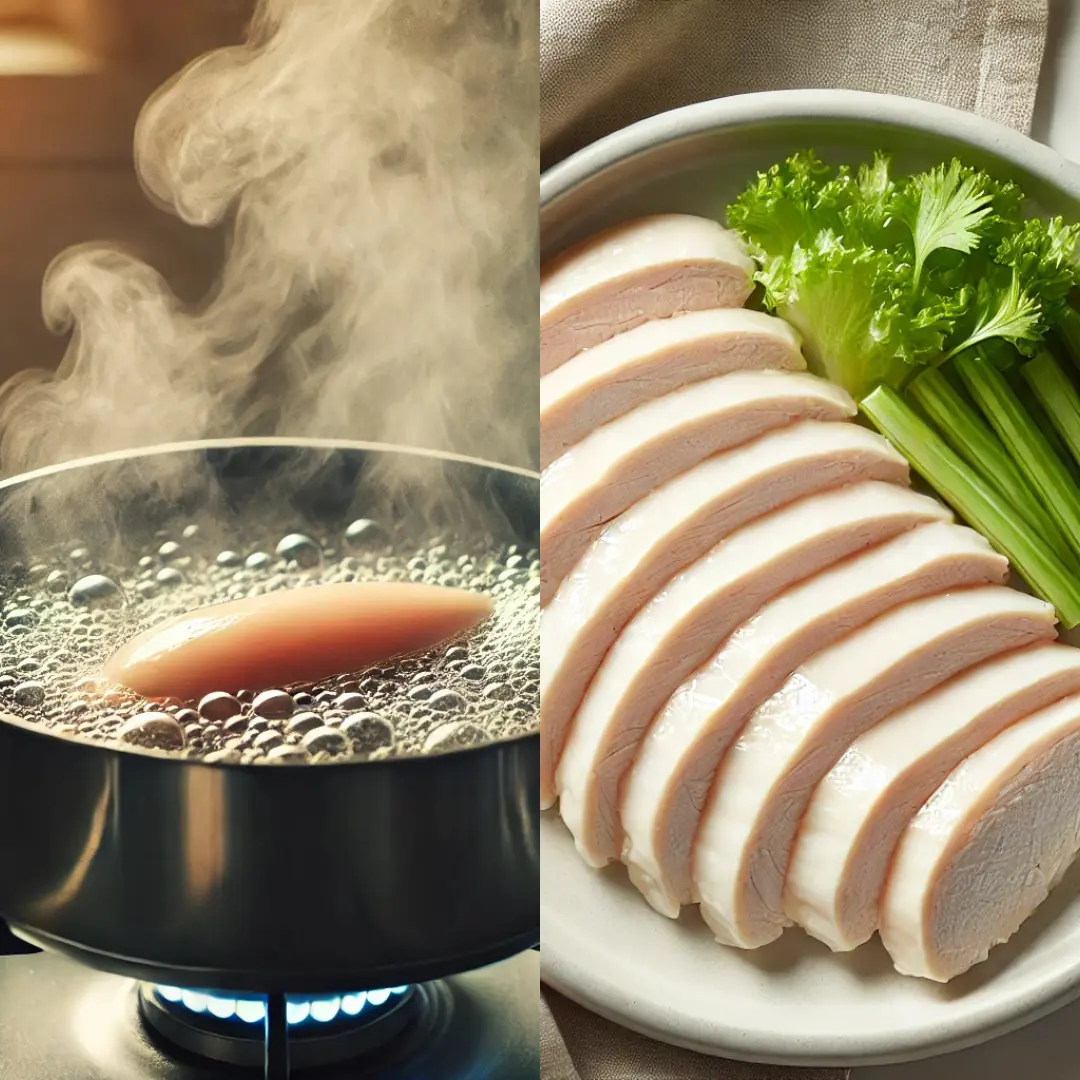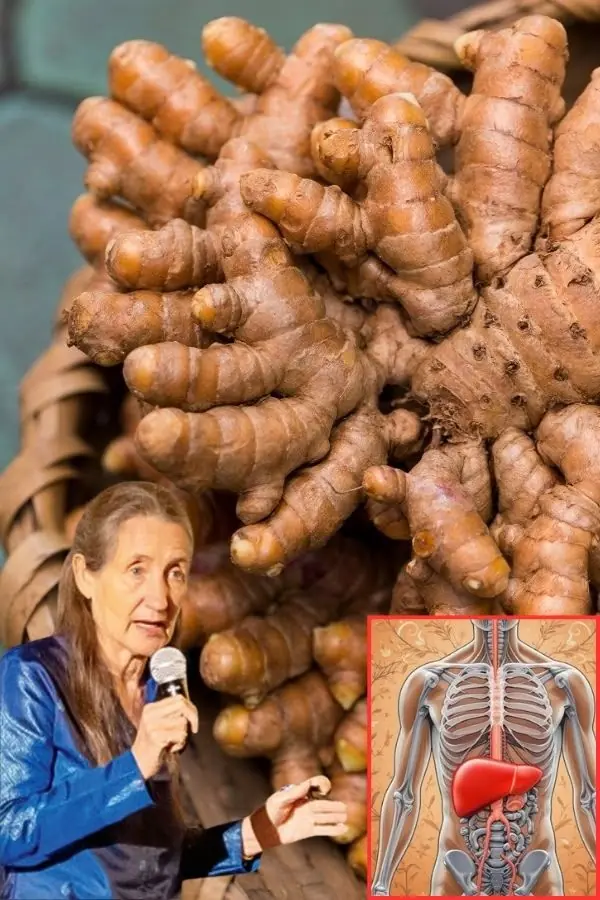
2 Spices Filled with Microplastics: Thai People Use Them in Almost Every Dish
In recent years, the conversation around microplastics has been gaining more attention, especially as studies uncover their presence in various foods. While we’re often warned about the dangers of microplastics in seafood, water, and packaged goods, there's a lesser-known culprit lurking in many kitchens: spices. Specifically, two common spices used in Thai cooking are found to contain significant amounts of microplastics. Surprisingly, these spices are included in almost every traditional Thai dish, making their presence even more concerning.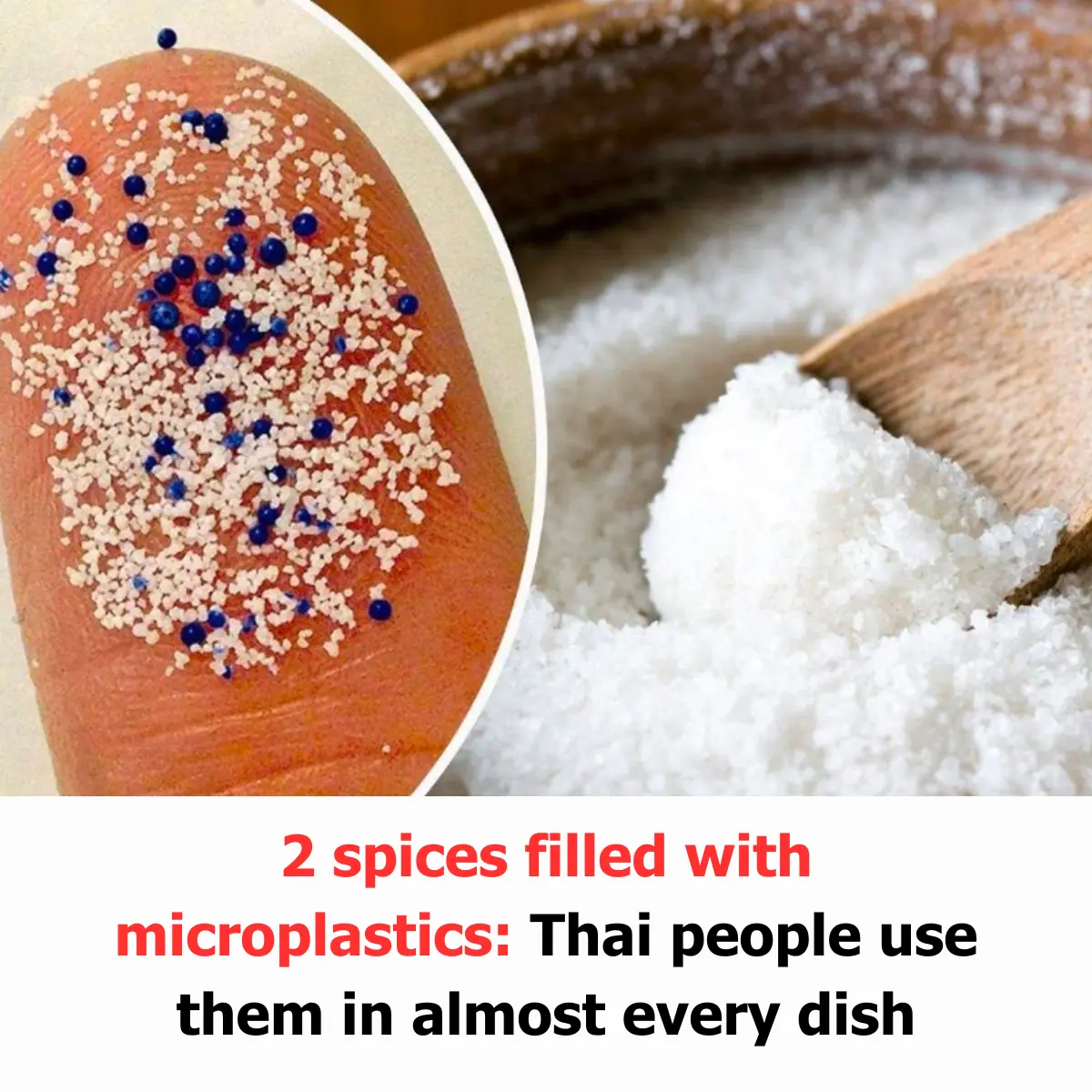
The Growing Issue of Microplastics in Food
Microplastics are tiny plastic particles, usually smaller than 5mm in size, that have become ubiquitous in our environment. They can be found in oceans, rivers, soils, and even the air we breathe. Unfortunately, microplastics have also found their way into the food chain, including the ingredients we use daily. As these particles are tiny, they can easily be absorbed by plants and animals, making their way to our plates.
In Thailand, where food is a central part of culture, many spices are used in daily cooking. However, what many people don’t realize is that two popular spices in Thai cuisine are inadvertently contaminated with microplastics. These spices are consumed in large quantities and are often used in almost every traditional dish.
The Two Spices with Microplastics
1. Chili Powder
Chili powder is a key ingredient in Thai cuisine, contributing heat and flavor to everything from curries to stir-fries and sauces. It’s often sprinkled over dishes like Pad Thai, Tom Yum soup, and Som Tum (papaya salad). However, recent studies have shown that chili powder, when processed and packaged, often contains microplastic particles. These tiny plastic particles are believed to come from the methods used in processing and packaging the spice, including exposure to plastic equipment, storage containers, and even plastic packaging.
When chili powder is used in food preparation, those microplastics are unwittingly consumed. This is a concern not just for Thai people but for anyone who regularly uses chili powder in cooking. As it’s a staple in many kitchens, it’s alarming to think how much of it people are ingesting without even realizing it.
2. Coriander (Cilantro) Powder
Coriander, or cilantro, is another essential ingredient in Thai cooking, both in its fresh form and as a ground powder. This spice is used in curry pastes, soups, and sauces to add flavor and fragrance. Like chili powder, coriander powder is frequently contaminated with microplastics, particularly during its drying and packaging process.
The microplastics in coriander powder come from similar sources as those found in chili powder—plastic-based processing equipment, plastic bags used for storage, and exposure to plastic contaminants during transportation. As cilantro is used so widely in Thai cooking, the potential for daily ingestion of microplastics from this spice is significant.
News in the same category


3 types of food should be taken into the body to help sleep better at night
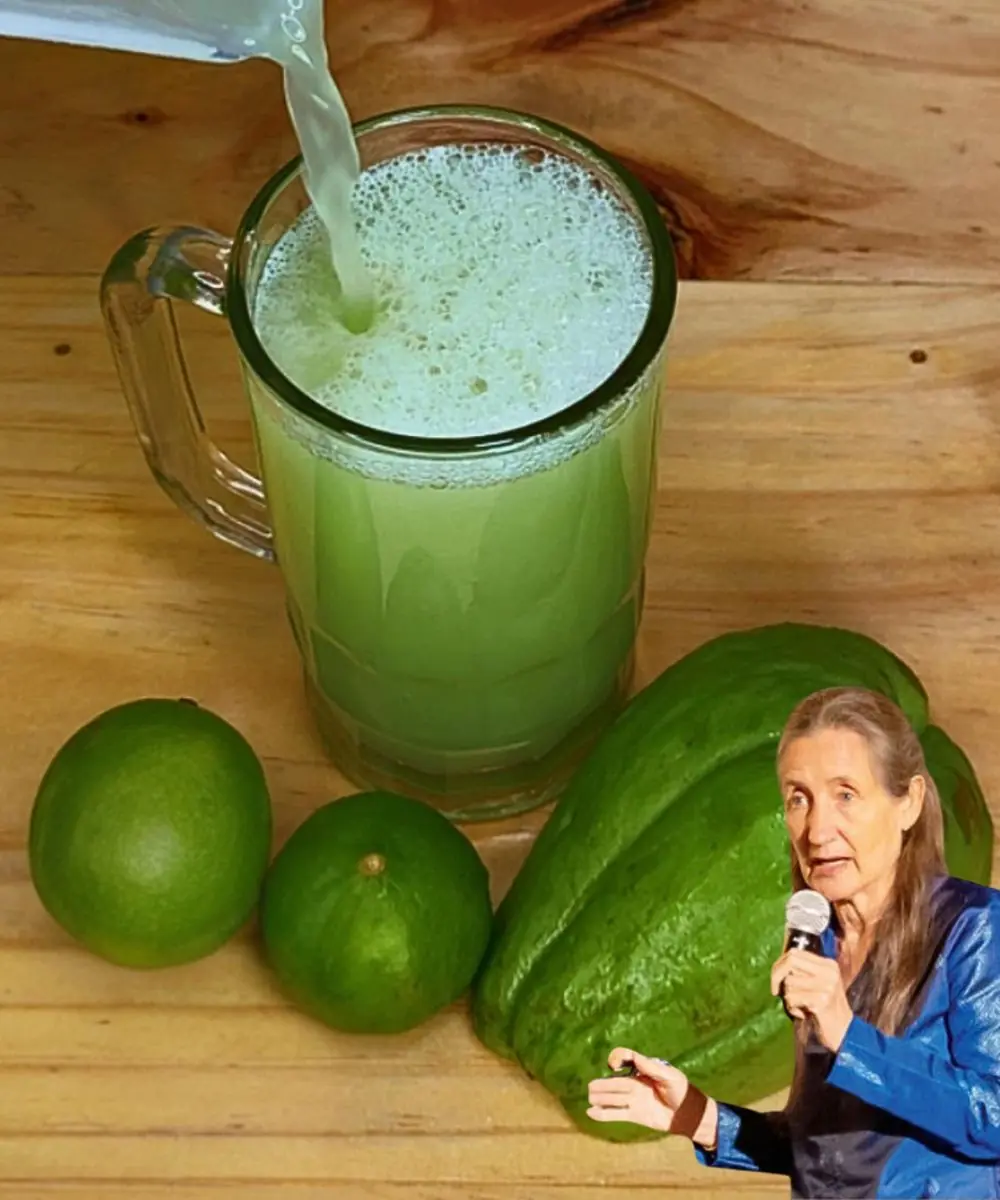
Say Goodbye to Pills: Chayote and Lemon Mixture for Knee Pain, Swollen Feet, High Blood Pressure, and More!
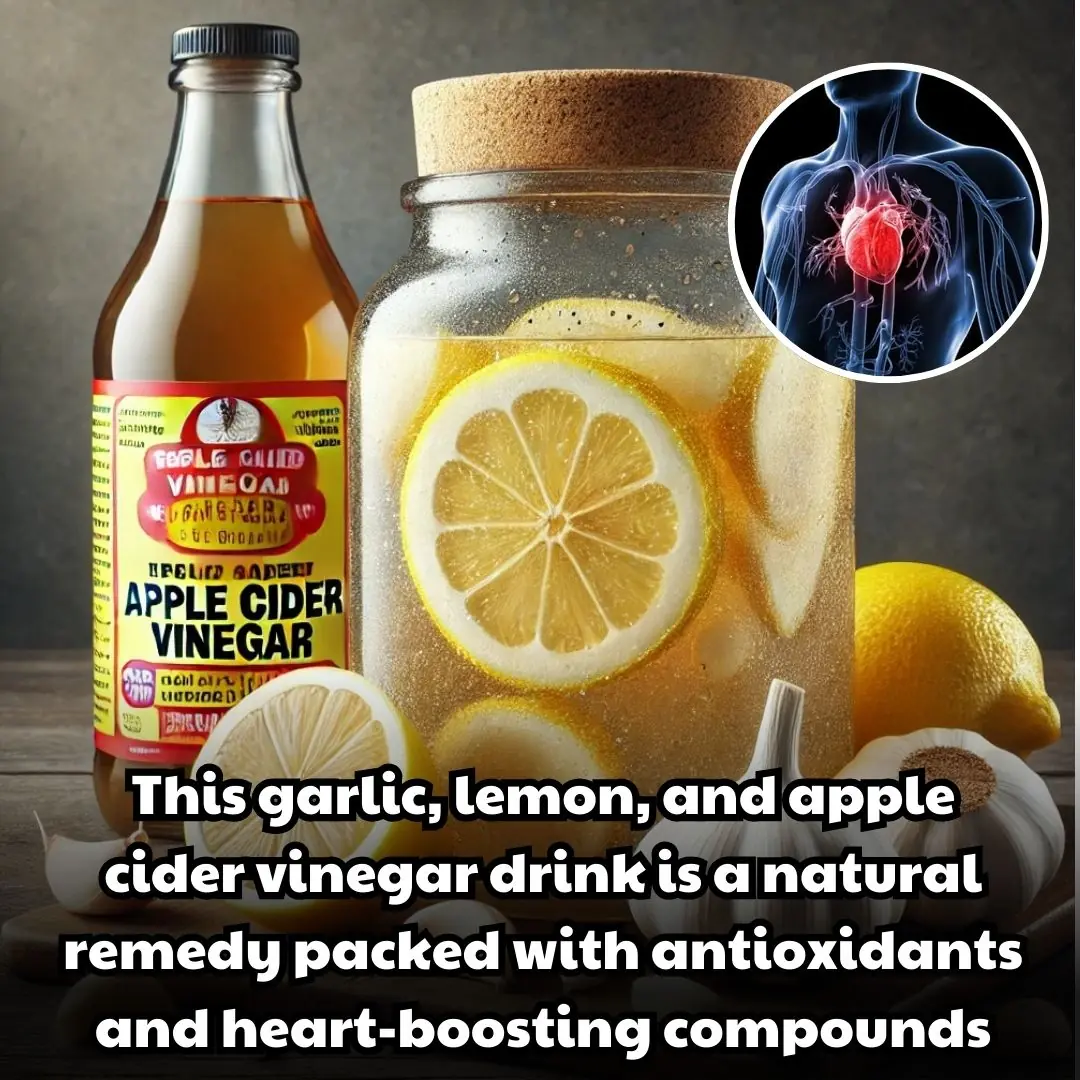
This garlic, lemon, and apple cider vinegar drink is a natural remedy packed with antioxidants and heart-boosting compounds

After 40 years old, if you often see 6 symptoms when sleeping

7 types of acupuncture to effectively treat back p a i n
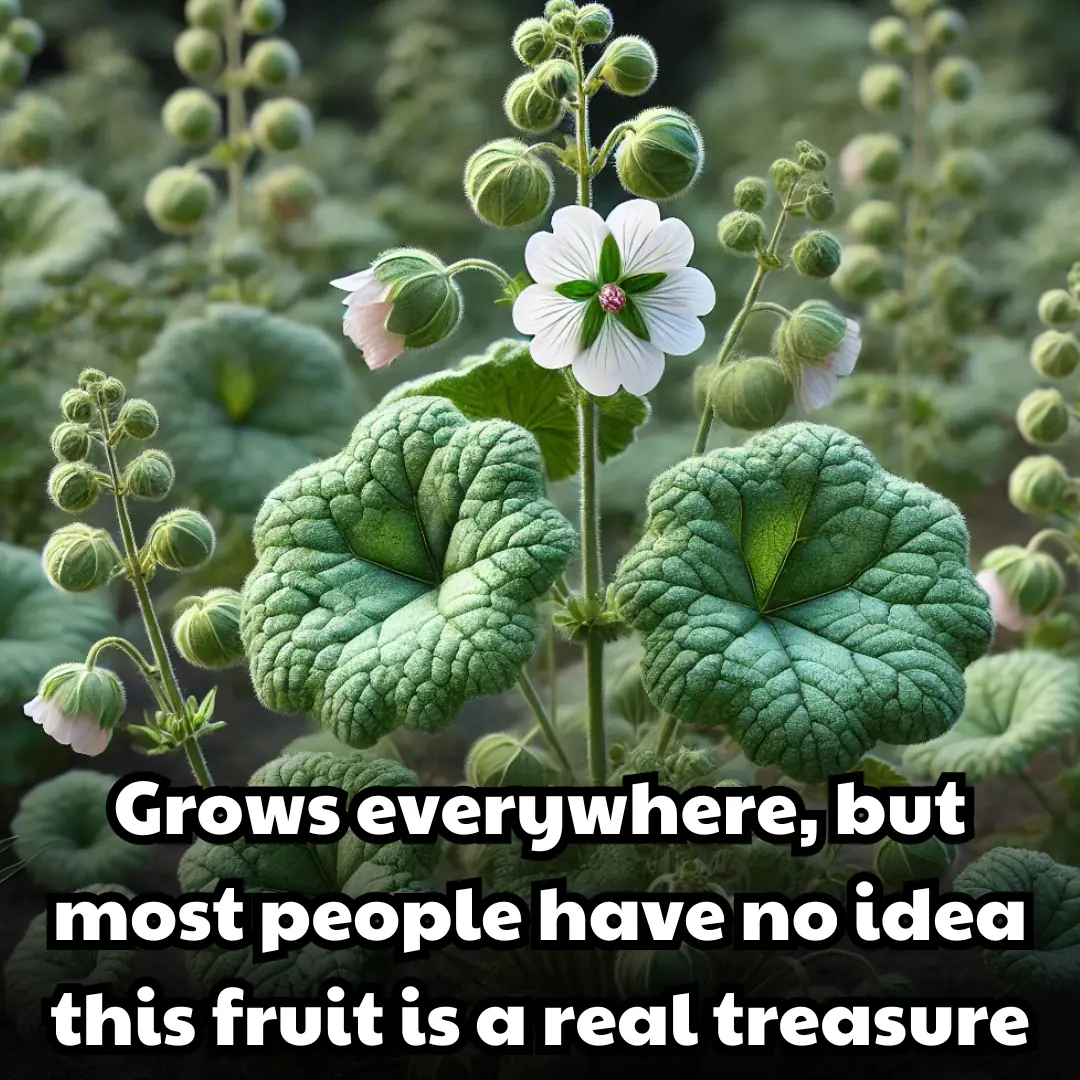
Unveiling the Green Marvel: The Top 10 Health Benefits of Common Mallow Leaves
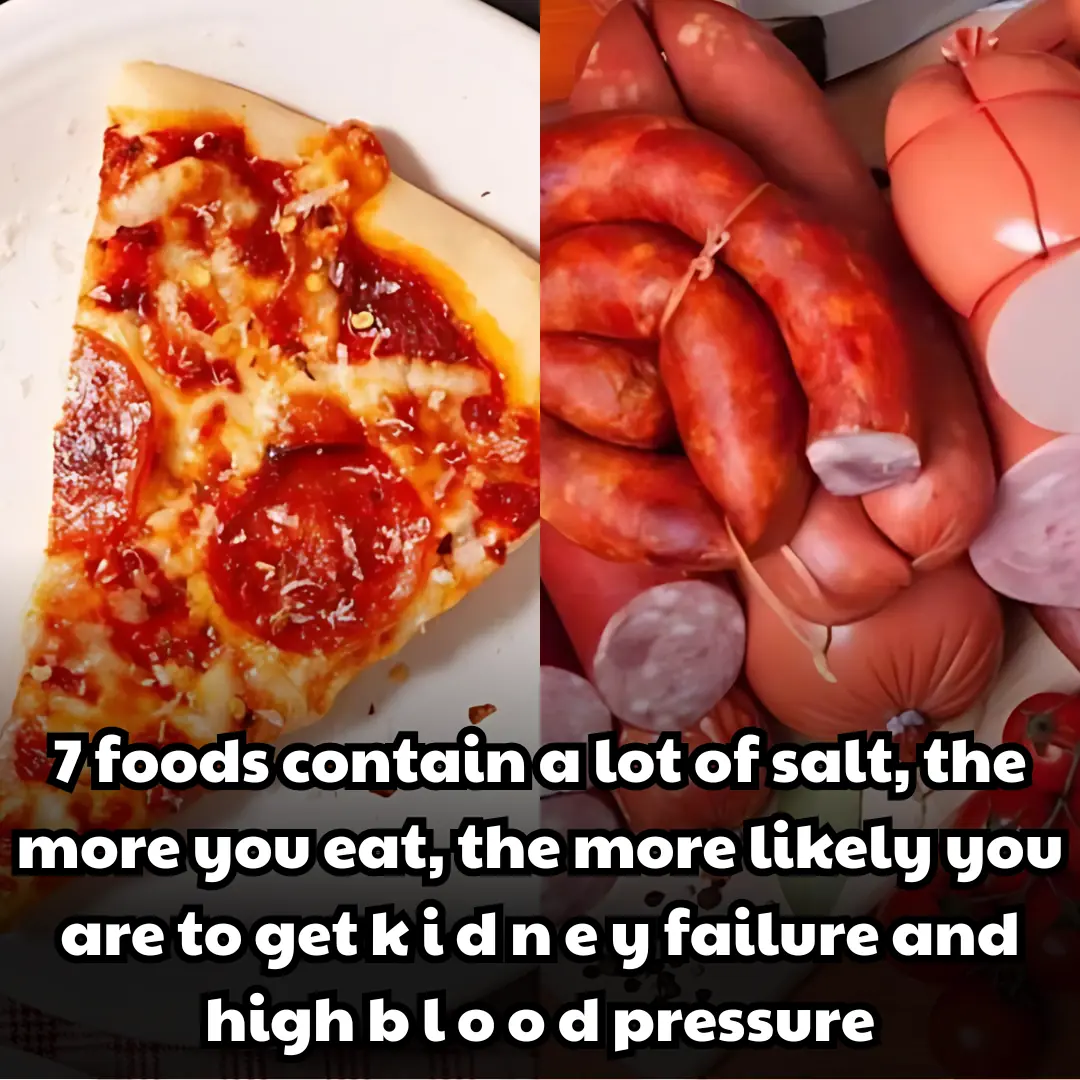
7 foods contain a lot of salt, the more you eat, the more likely you are to get k i d n e y failure and high b l o o d pressure
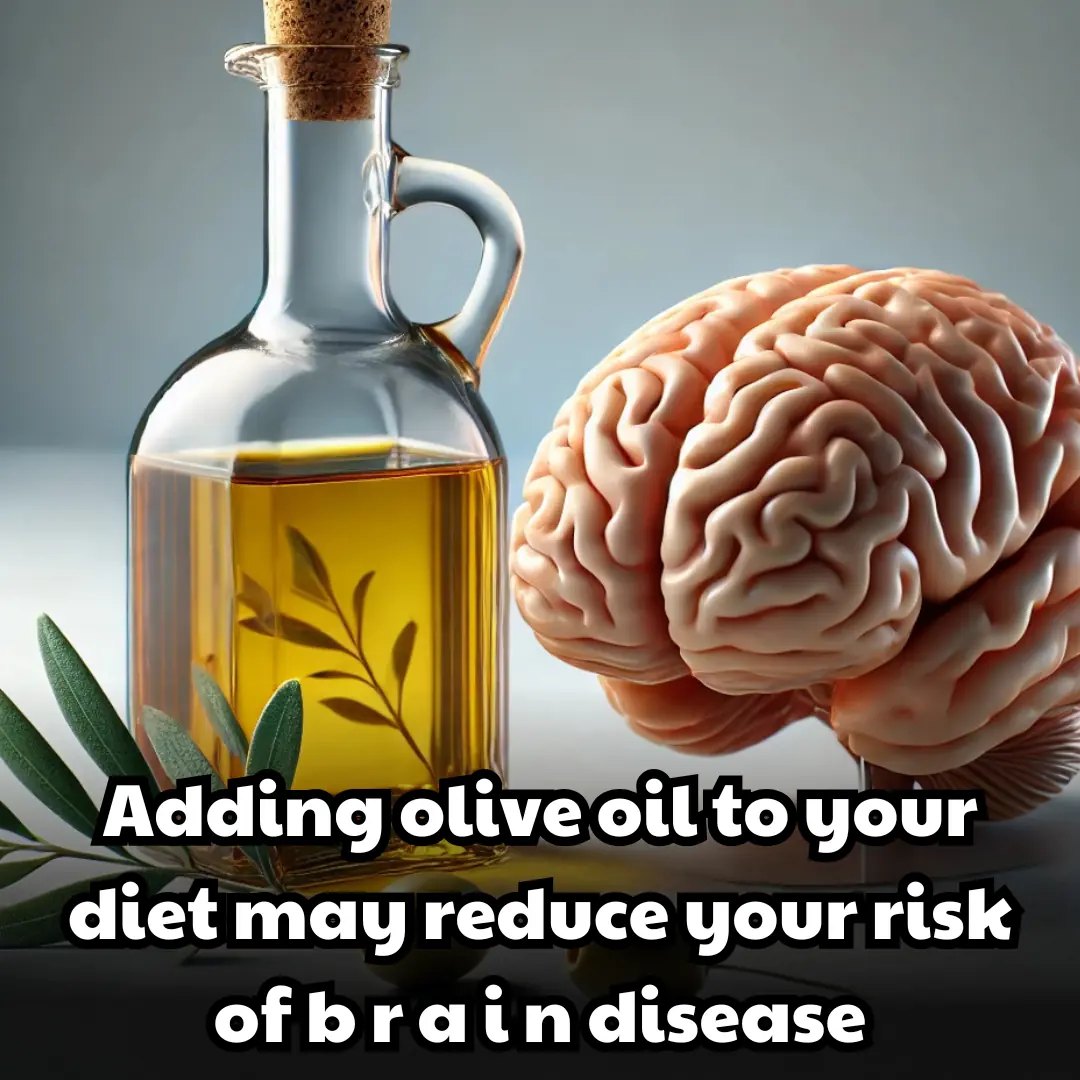
Adding olive oil to your diet may reduce your risk of brain disease
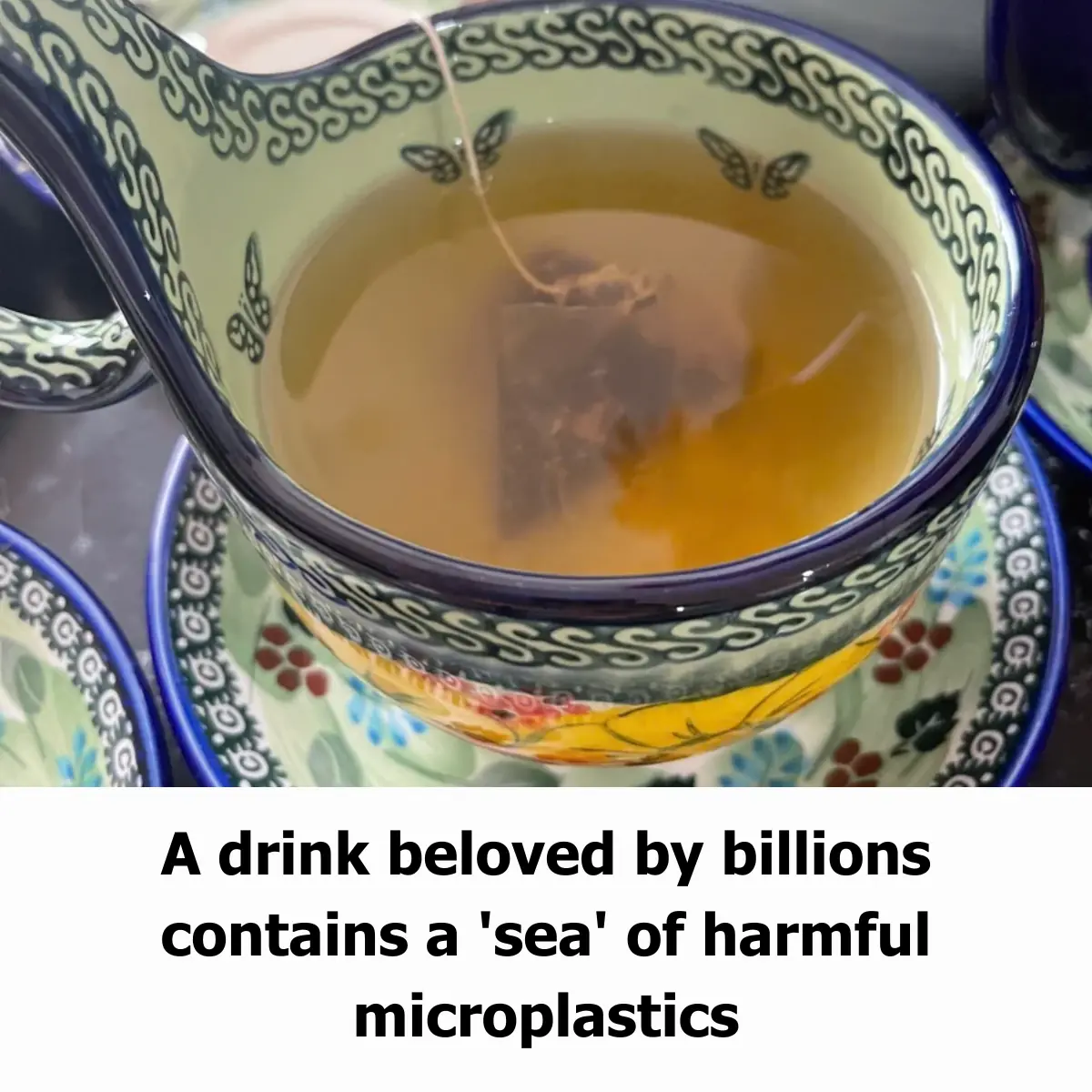
A Drink Beloved by Billions Contains a 'Sea' of Harmful Microplastics: The Hidden Danger of Tea

6 plants that attract snakes into your home

Cardiologist reveals 5-minute at-home test

5 evening habits that make it difficult for the liver to detoxify

20 fruits for diabetics and notes when eating
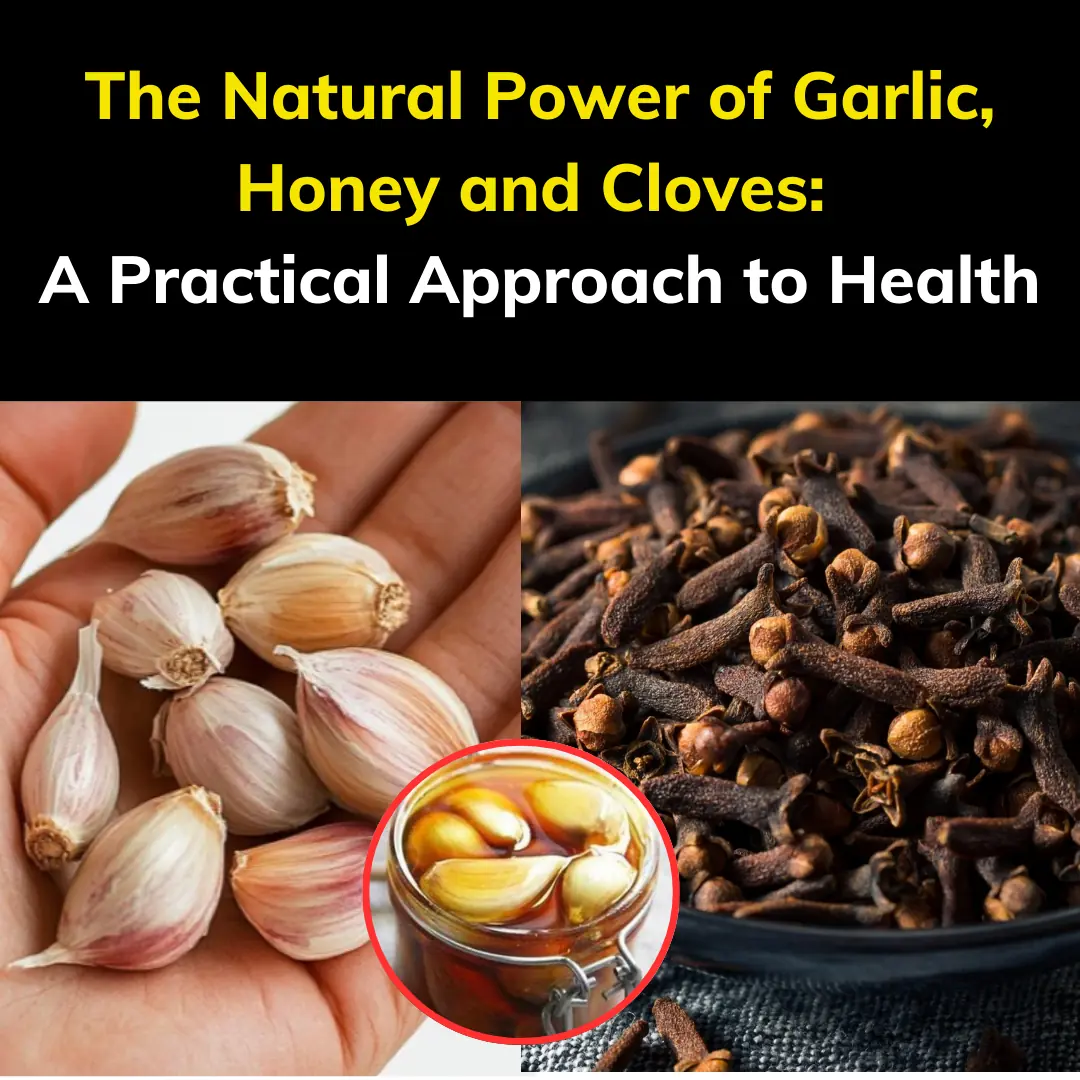
The Natural Power of Garlic, Honey and Cloves: A Practical Approach to Health
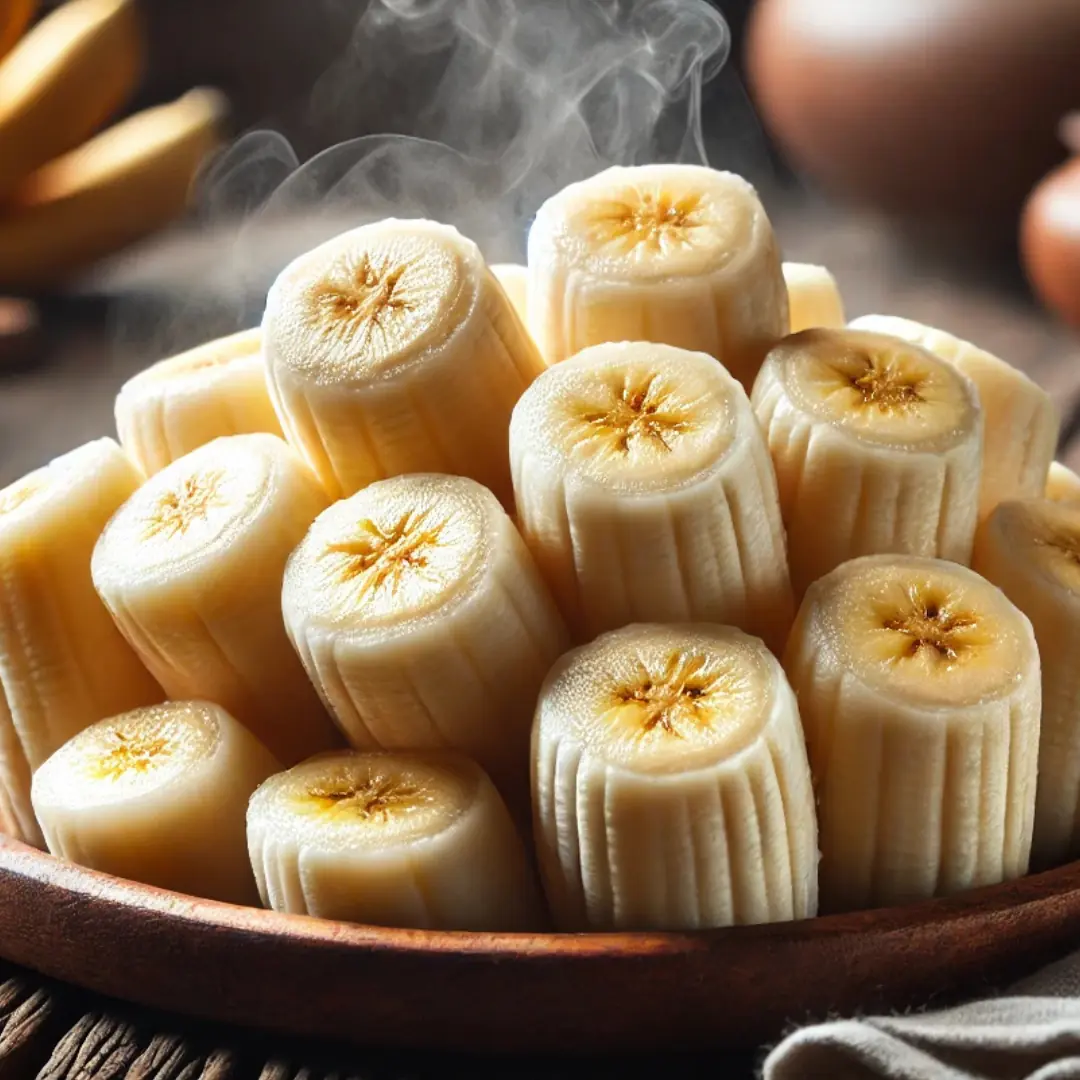
Eat 1 boiled banana every day, the body will receive great benefits
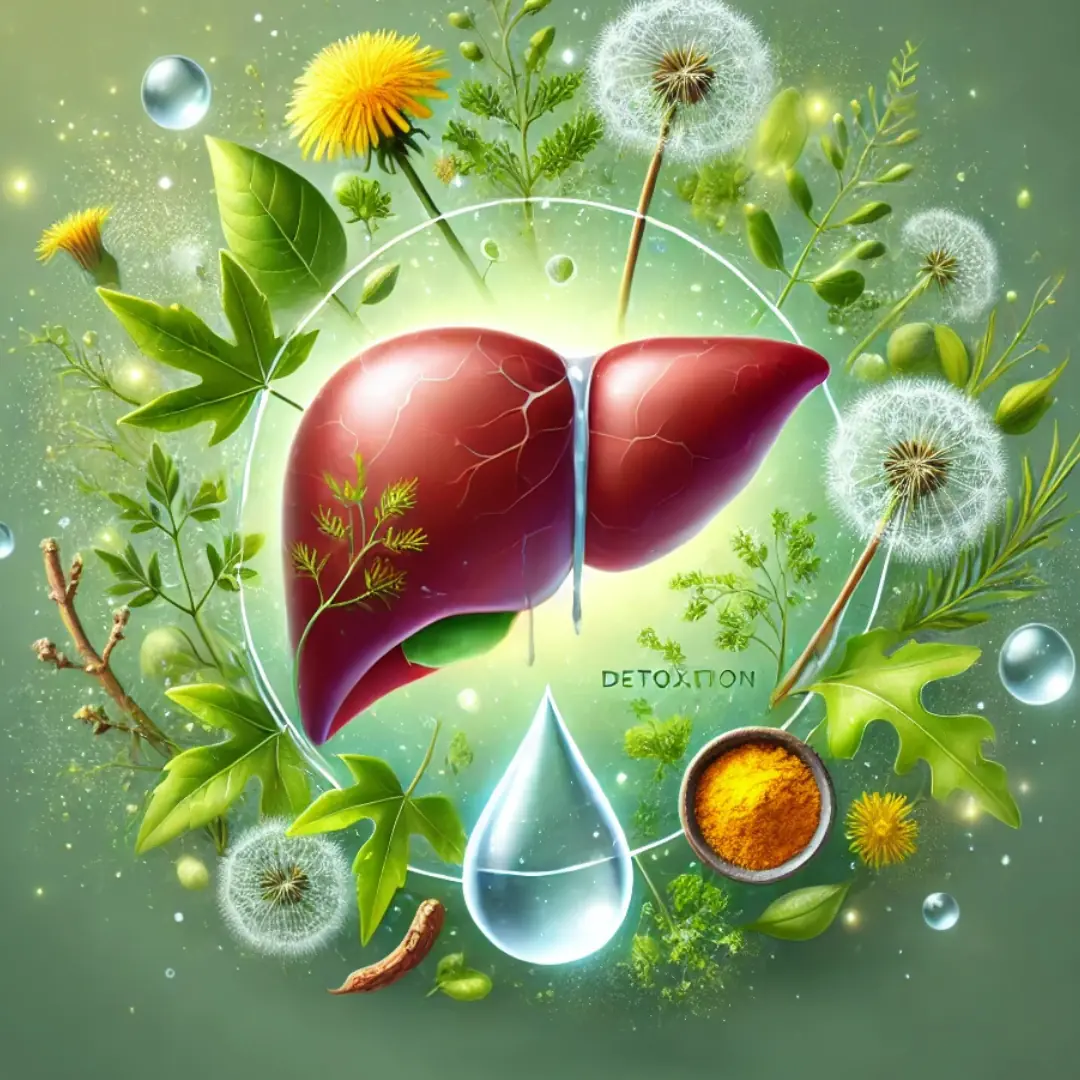
7 mistakes when detoxifying the l.i.v.er that make your l.i.v.er weaker and weaker
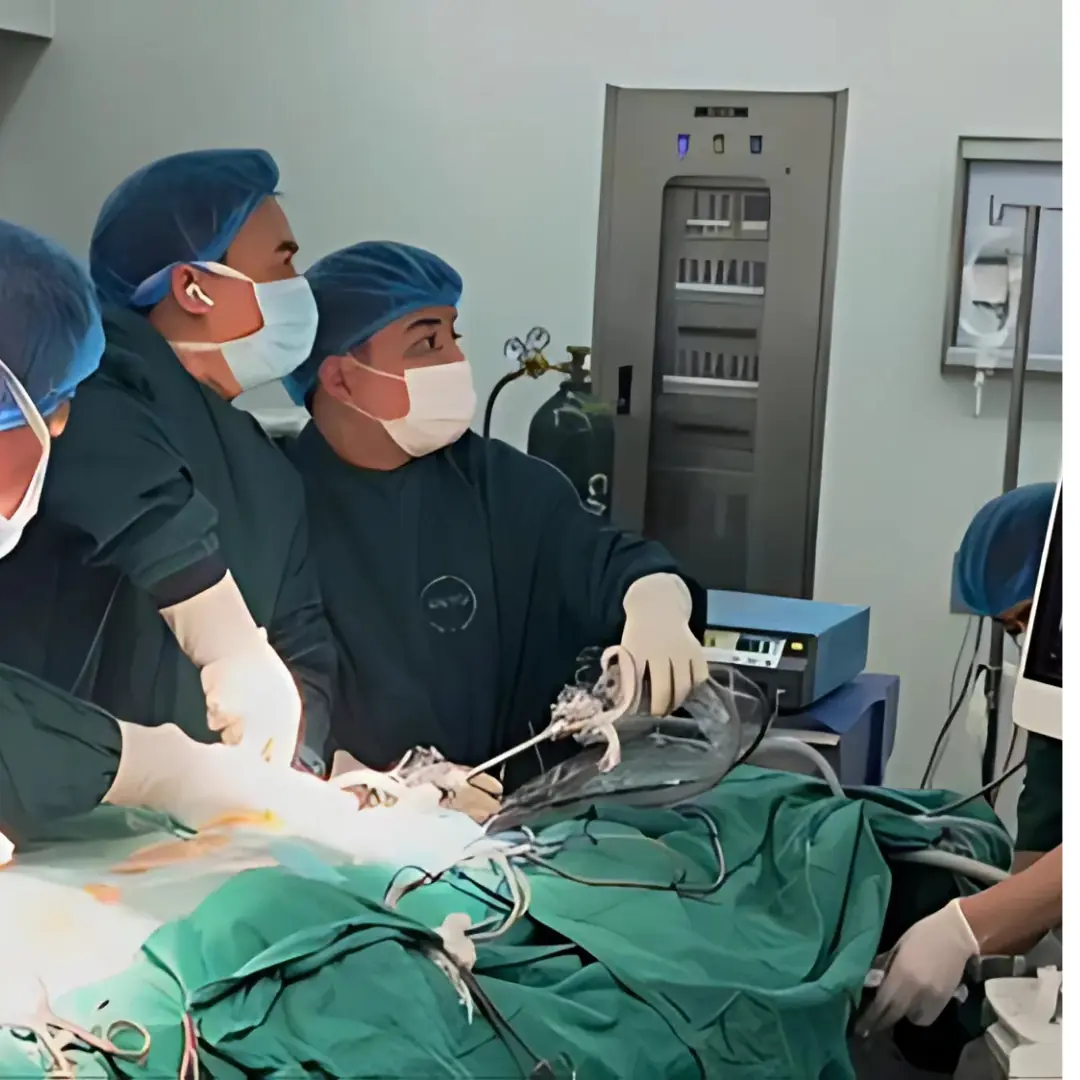
A healthy 22-year-old man suddenly discovered da.nger.ous tu.bercu.losis from a sign that many people ignore
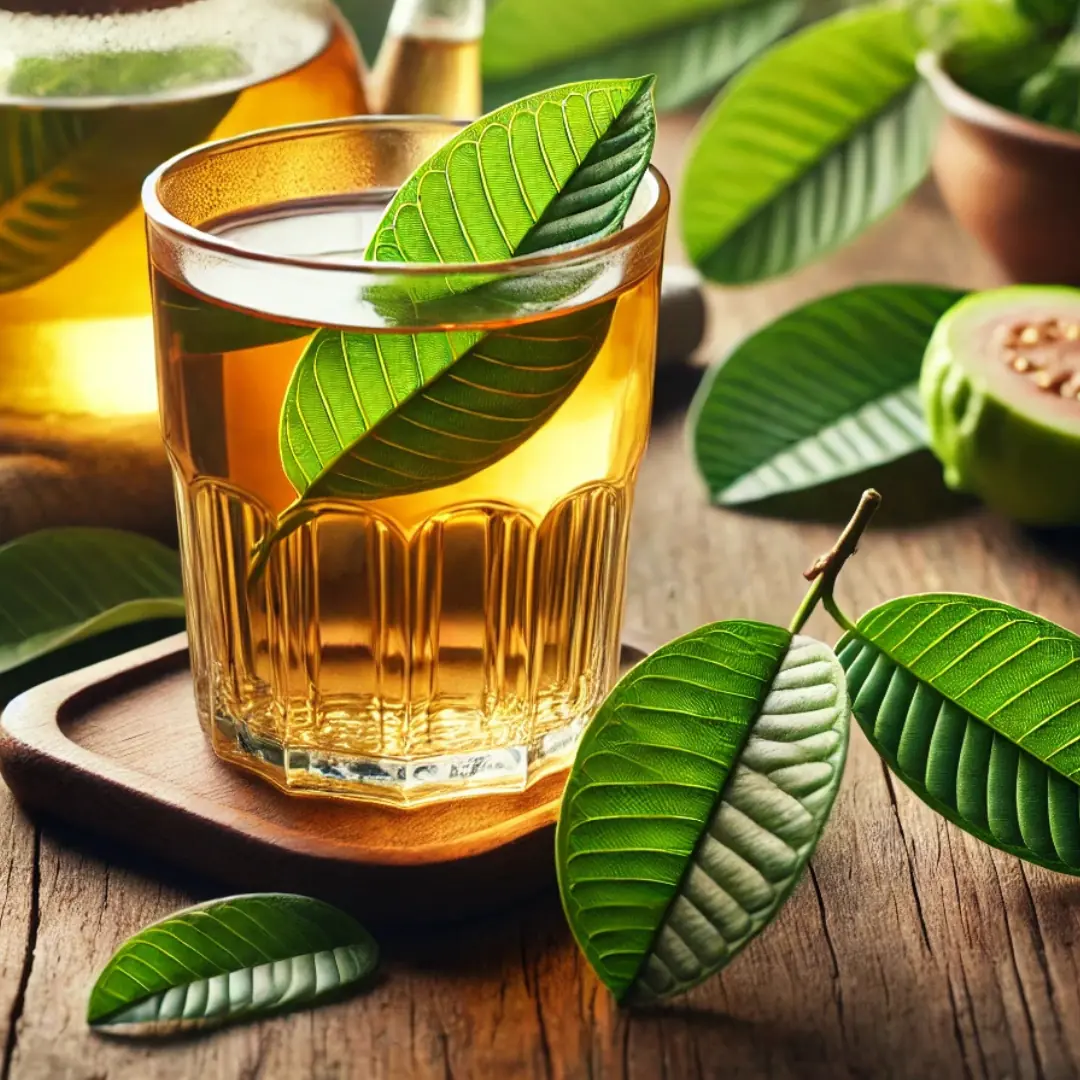
Just 1-2 cups of leaf juice from this fruit every day and you will feel many miraculous benefits
News Post
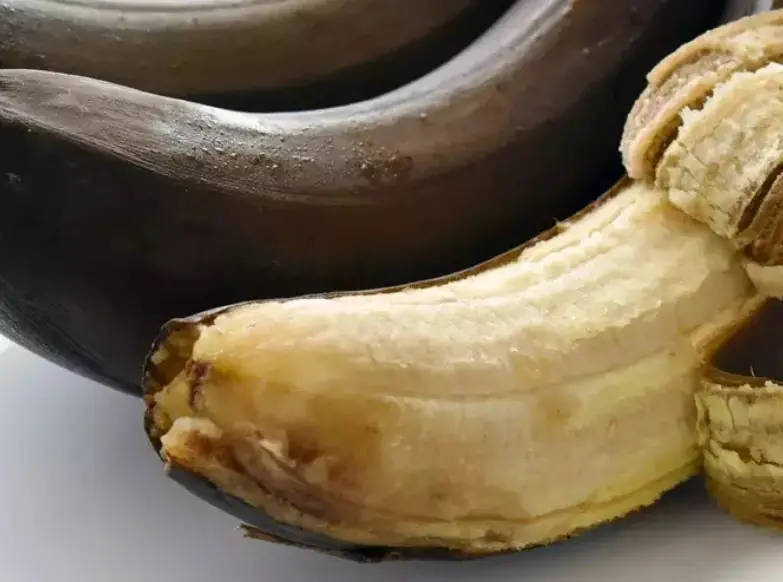
Avoid These 4 Types of Bananas When Buying—Even Sellers Won't Eat Them!

At 73 Years Old, I Regenerated My Fatty Liver, Ended Joint Pain
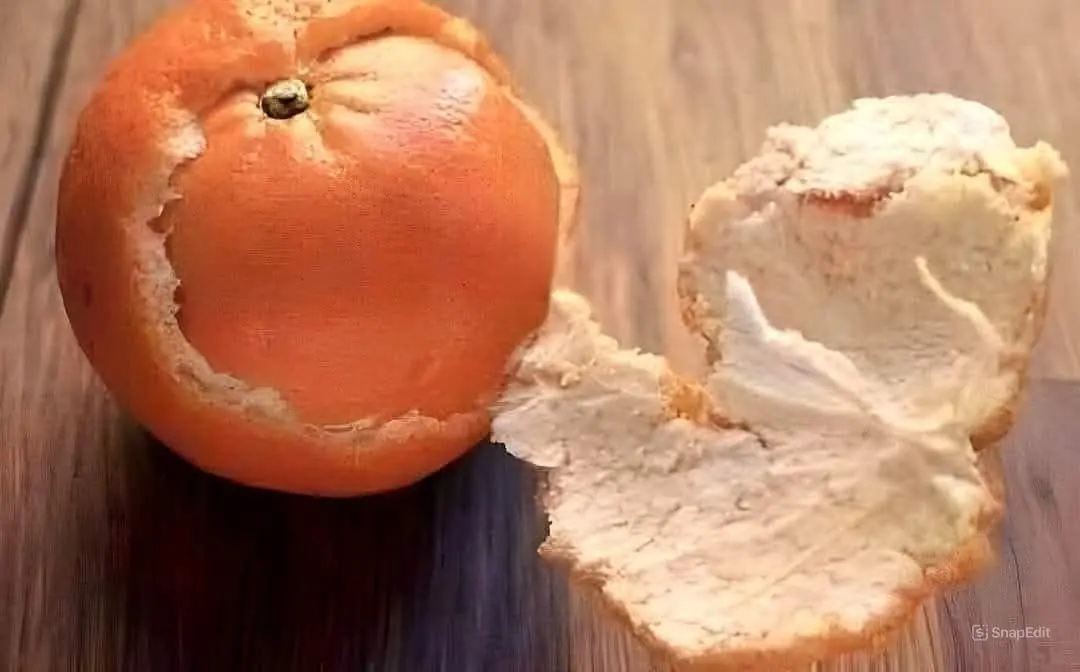
My lover said that he understood me well after several years together

If bitten by a poisonous snake, is it safe to suck on the wound with your mouth?

3 types of food should be taken into the body to help sleep better at night

Say Goodbye to Pills: Chayote and Lemon Mixture for Knee Pain, Swollen Feet, High Blood Pressure, and More!

This garlic, lemon, and apple cider vinegar drink is a natural remedy packed with antioxidants and heart-boosting compounds
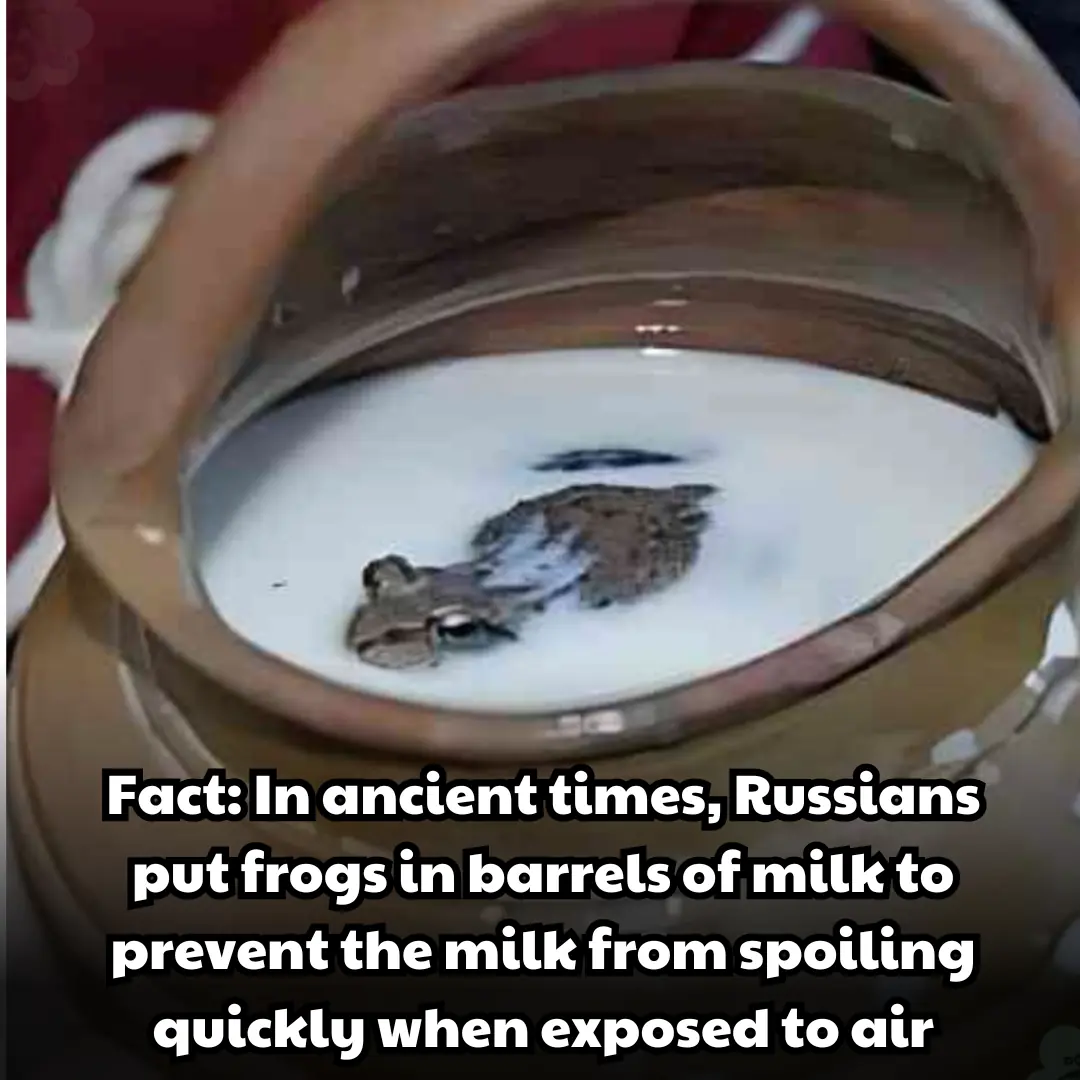
Russians put frogs in barrels of milk to prevent the milk from spoiling quickly when exposed to air

Would you get a brain implant from Elon Musk's company?

S.h.o.ck.in.g secrets about flight attendant recruitment more than 70 years ago

After 40 years old, if you often see 6 symptoms when sleeping

7 types of acupuncture to effectively treat back p a i n

Rosemary for Hair Regrowth: Transform Your Shampoo

Yeast & Coffee Erase All Wrinkles in 3 Minutes – Even at 70!

Unveiling the Green Marvel: The Top 10 Health Benefits of Common Mallow Leaves

7 foods contain a lot of salt, the more you eat, the more likely you are to get k i d n e y failure and high b l o o d pressure

Adding olive oil to your diet may reduce your risk of brain disease
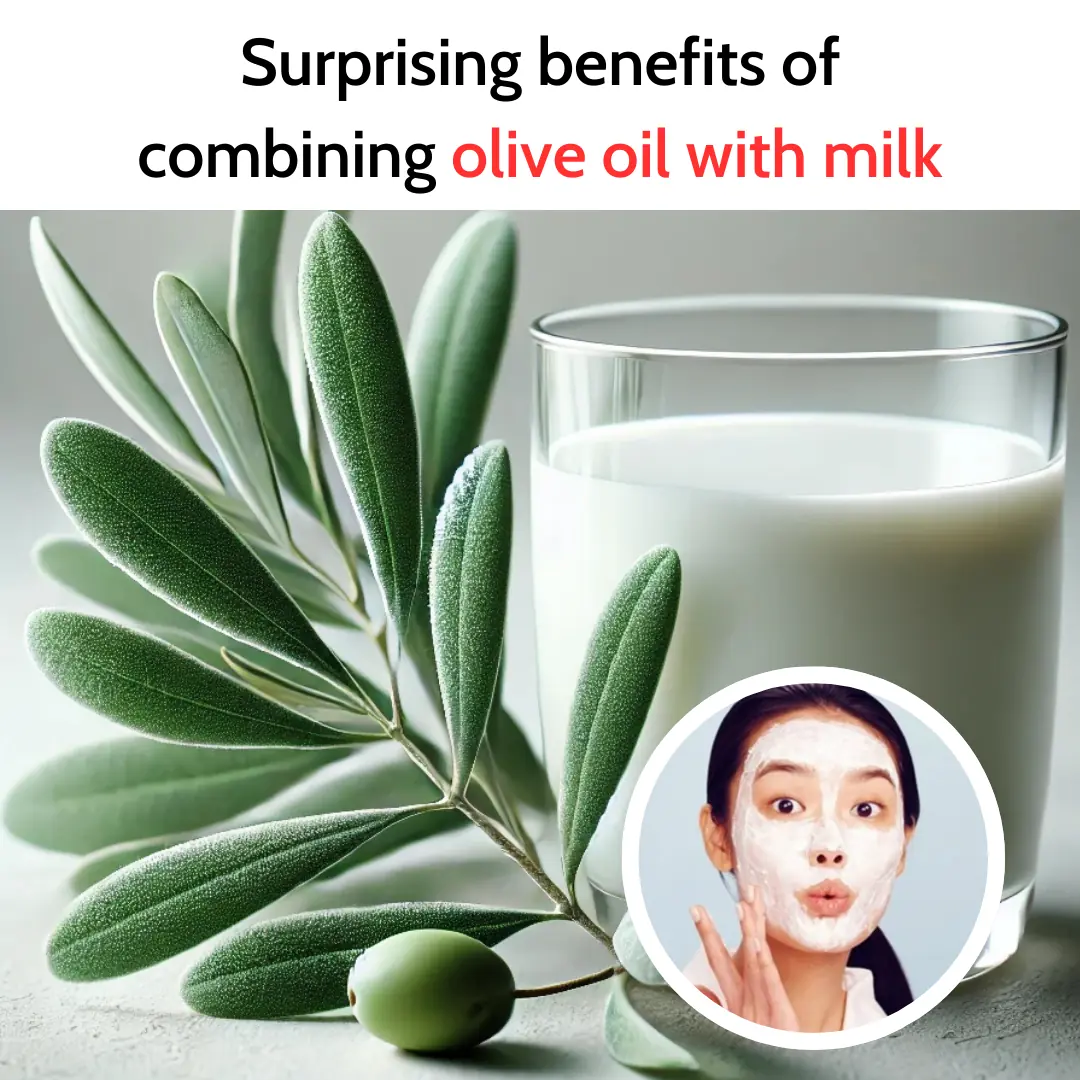
Surprising benefits of combining olive oil with milk

If your phone falls into water, do this immediately. Never dry it with a hair dryer
